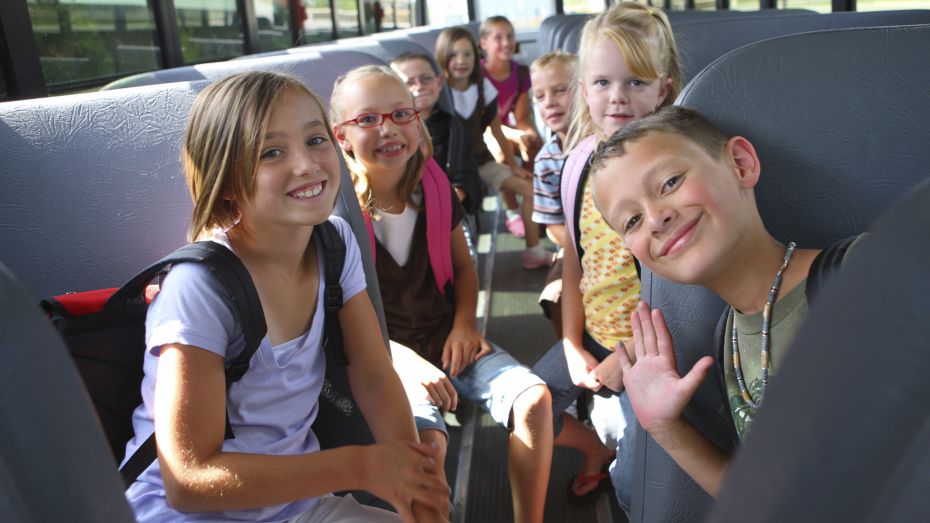Do you remember your first field trip? Maybe you were in elementary school visiting your nearest museum or state monument for a day. How about your first overnight field trip? You were probably in middle school and giddy with excitement about being away from your parents for a while (unless, of course, you were one of the lucky ones whose parents came along as chaperones).
Field trips truly leave lasting memories. No textbook can leave an impression on a student like a personal experience can, which is exactly why field trips are so important. Michael Janatovich agrees, and he believes middle school is a great time in a student’s K-12 career to offer these experiences. The assistant principal and ASCD Emerging Leader says in his recent article at Middle Web:
“Well-planned field trips will allow kids to see how the content they are learning in school can be applied to the real world. Long after they return, what they saw and did will enliven their classroom discussions and deepen their understanding of academic material.”
Janatovich’s school takes 220+ 8th grade students to Washington D.C. every fall (wow!). Though he considers this the ‘ultimate learning experience,’ he also goes on to explain that not all meaningful field trips have to be extravagant. A good field trip needs to offer students an authentic learning experience. In fact, Jonatovich gives us 4 steps to a successful field trip. These steps could be applied easily to both one-day and overnight trips.
- Come up with an idea
This can be the hardest part, but Janotovich offers an amazing idea to get you started: use Twitter. Search for #fieldtrip on Twitter and you’ll see thousands of photos and tweets from real classroom field trips.
- Tie it to learning
Janotovich suggests picking a field trip that can be tied to multiple subjects. Showing that the experience will help student learning across more than one subject will improve your chances of getting it approved.
- Plan, and then plan some more
Taking students out of their daily routine and doing something that they have probably never done before requires a lot of planning! Develop a rock solid plan and make sure you share it with others for feedback. If you’re not sure where to start, Janotovich’s step 4 is the best:
- A checklist
Janotovich provides a nice checklist to help you with your planning. It includes items like: Check on student medications, make sure you have enough chaperones and can accommodate special needs studnets, have up to date emergency medical contacts, double check all your reservations, transportation, and tickets, and make sure you have a back-up plan for anything and everything that could go wrong.
Read the entire checklist and the original article here:

